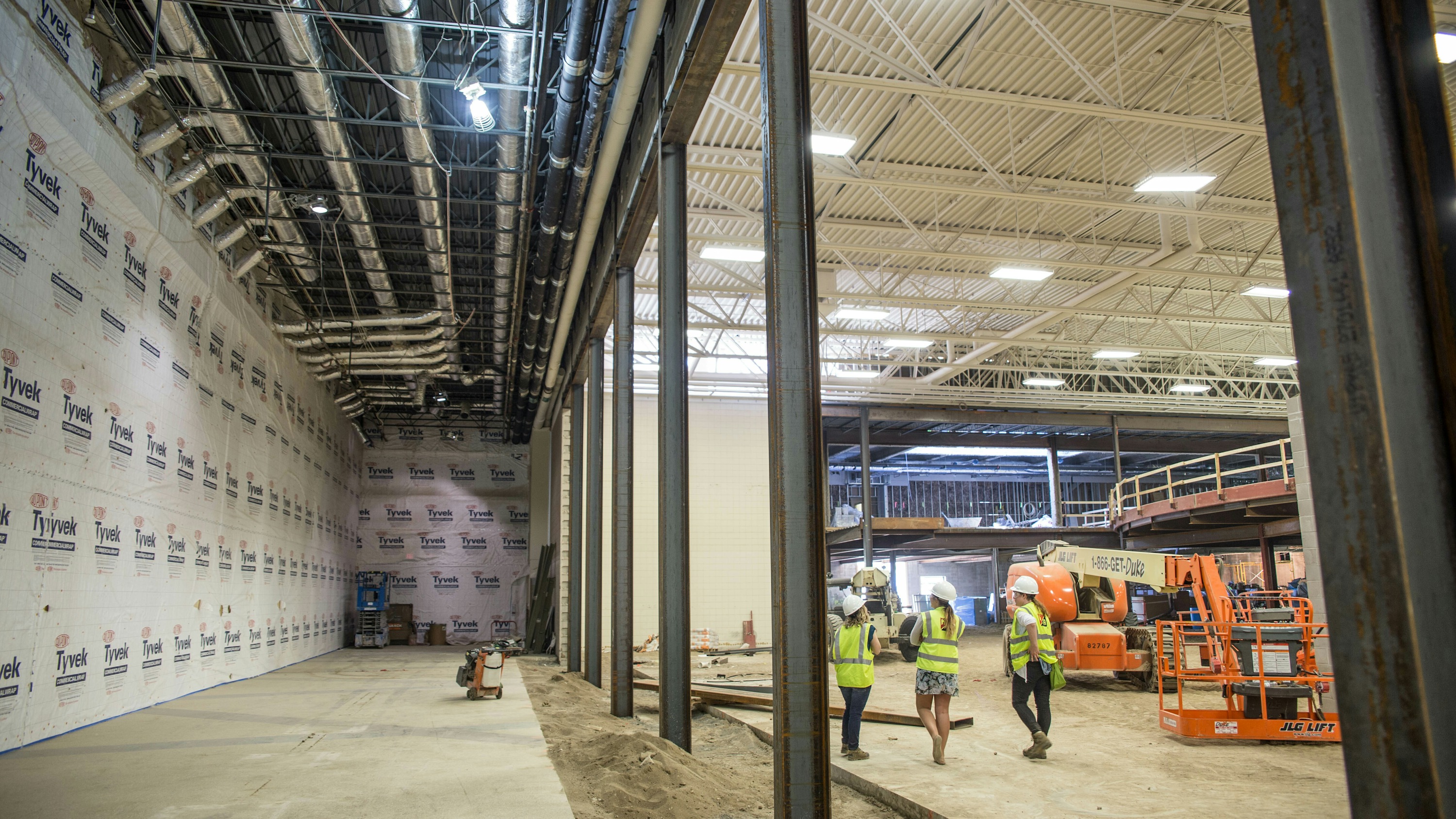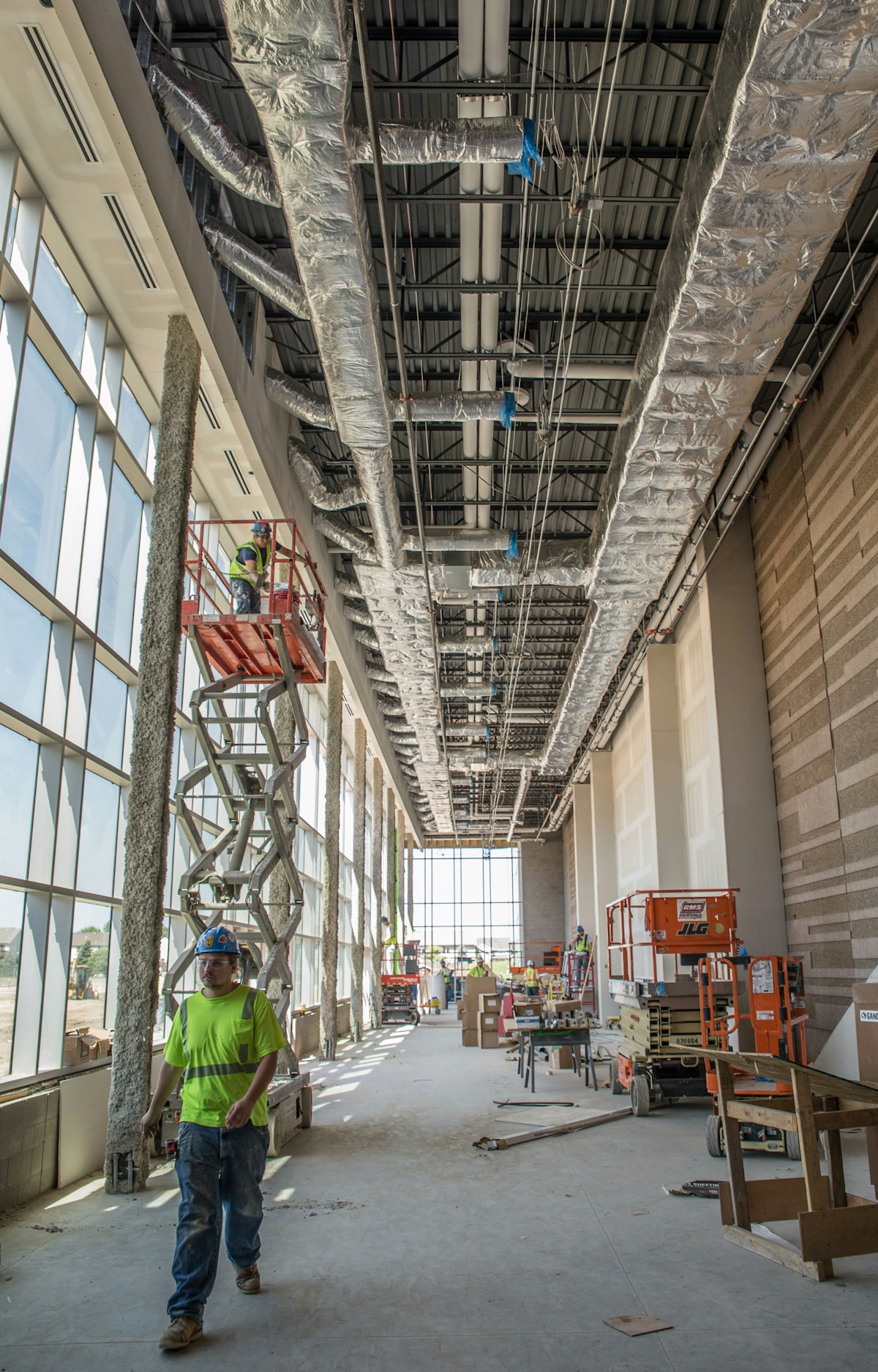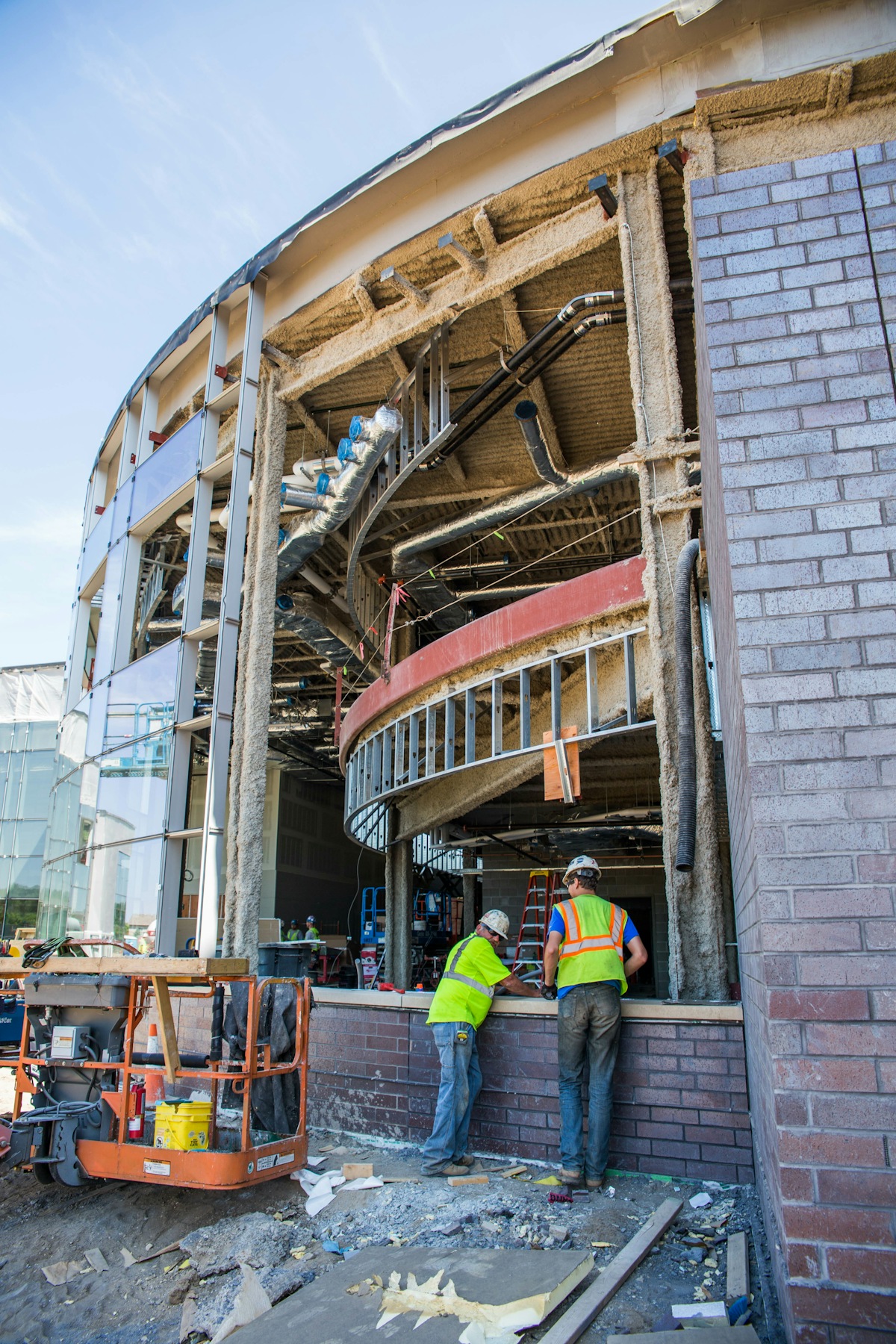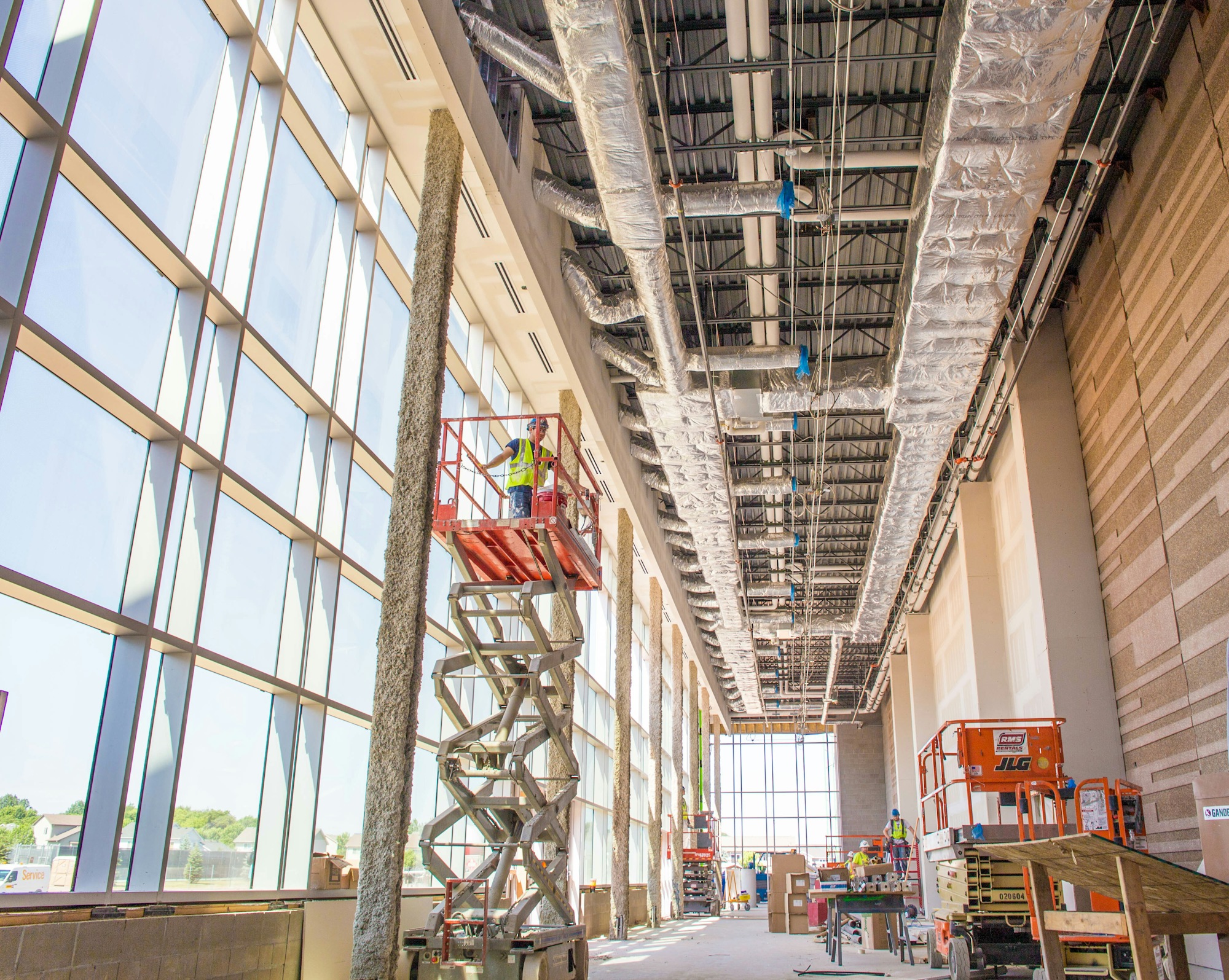
Our expert team is committed to serving as a trusted advisor to our clients and industry partners. As part of Wold’s philosophy to go above and beyond to provide superior service, we are committed to asking our lead architecture team the tough questions. That being said, the current market volatility poses a few critical questions. See how our team addresses these inquiries below:
Stephen Griffin | AIA, Principal
We are constantly monitoring and evaluating various materials based on cost, shortages or delay in delivery. Recently, we investigated different roof insulations to determine which products can be delivered in a reasonable time for a project currently under construction. The insulation we originally specified cannot be delivered in less than three months. By selecting a different insulation, the cost was reduced and the delivery date is approximately two weeks.
As designers, we must proactively deal with inflated costs. Selection of materials during the design phase must take into consideration not only the cost of materials and systems but also anticipated delivery dates. We start this process by providing an in-house value engineering analysis using material and system manufacturers, vendors and contractors as our resources. We also continue the value engineering analysis with the selected contractor or construction manager prior to the actual start of construction.


Paul Aplikowski | AIA, LEED AP, Partner
Project completion timing is a big priority for our clients. To date, we have seen the increases in building materials largely offset by lower labor rates. However, we have seen product availability and lead times increase dramatically over the past several months. These are affecting our design choices. Products like precast concrete wall panels and steel bar joists are currently limited in availability and are producing lead times as long as 12 months, where 5-8 weeks would be considered more normal. This is causing us to consider replacing steel bar joists with conventionally framed steel or concrete options for roof structures. In cases where precast wall panels have been the preferred choice, we are looking at masonry and site cast concrete as design options.
Beth Meadows | AIA, CDT, Associate
Now more than ever, material availability and costs are constantly changing. As designers, we must be aware of current market trends and build a network to share information about product availability and lead times.
Supply and demand ultimately affect the price of products. It’s important to keep this in mind during the entire design process with an understanding that pricing can change at a moment’s notice. We should design facilities with flexibility in mind to incorporate the possibility of alternative materials and design solutions without sacrificing the design intent, quality and project budget. We also have the option to create early release packages for site, infrastructure or other components with long lead times.
Martin Franks | AIA, Principal
We use market conditions to inform material selection for projects in design. The challenge with this is the length of time it takes to get projects from design into construction as well as how much material availability or cost is changing during that time. We may adjust material selection on projects in design based on the information we have at hand. However, in a volatile market, things may change multiple times once those projects are under construction, creating a need to revisit decisions again and again.
Do you have a question you’d like to ask our leading team of architects to address? Get in touch with our team today!
